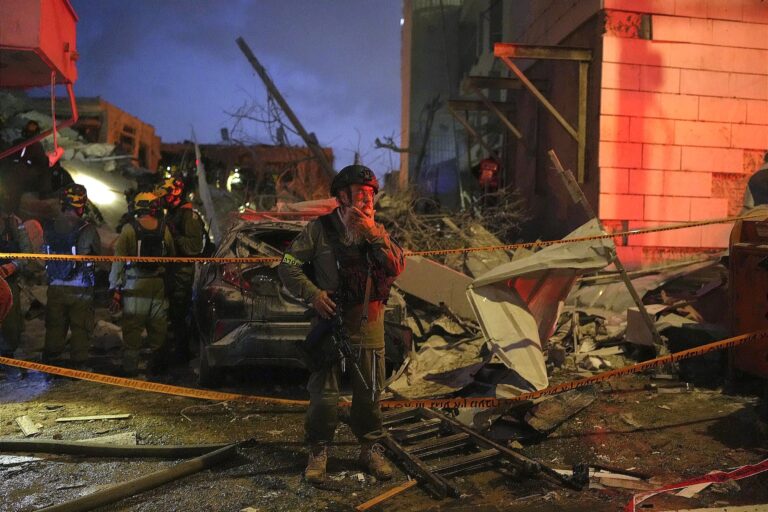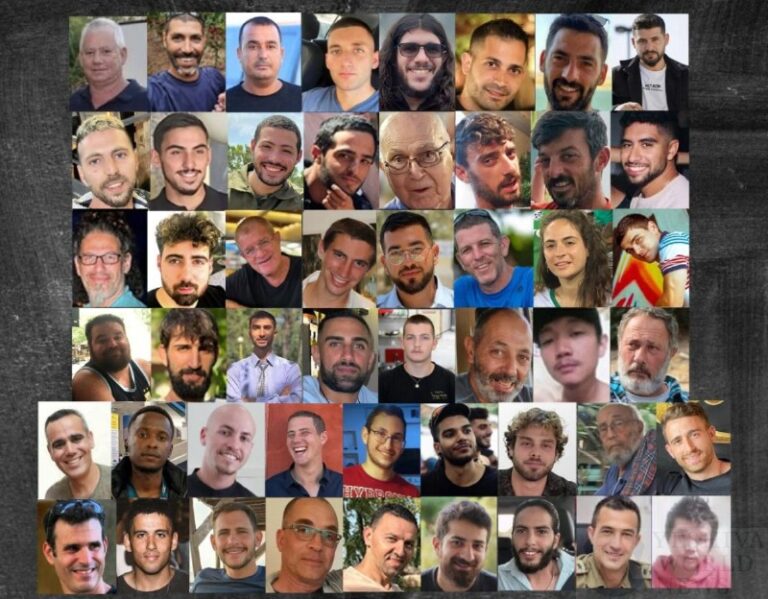 A report released by the Coalition for the Public’s Health, comprised of over 20 environmental organizations, presents a worrisome picture regarding air quality in Israel, as well as associated concerns due to exposure to toxic hazards carried in the air we breathe.
A report released by the Coalition for the Public’s Health, comprised of over 20 environmental organizations, presents a worrisome picture regarding air quality in Israel, as well as associated concerns due to exposure to toxic hazards carried in the air we breathe.
The report documents that schools around the country are exposed to air quality levels containing toxins that result in medical issues among the young, including alarmingly high numbers involving illness and the need for hospitalization.
Perhaps no less alarming is the fact the report states many of the standards permitted under the law are far more lenient than western standards, and despite the lax regulations, many factories fail to meet the standards resulting in the high level of pollutants which results in the unacceptable air quality. Many developed nations over recent years have taken steps to improve air quality, but in Israel, the situation continues to deteriorate. Studies document a direct correlation between declining air quality and acute illness and emergency rooms visits, primarily among children, but this is also true to a lesser extent among adults too. The daily Yisrael HaYom reports this is confirmed by a senior physician as Ashkelon’s Barzilai Hospital, who explains the emergency visits are more common among children.
Haifa and the surrounding area remains the most polluted, in no small part due to the major chemical plants operating in the port city. During the years 2007 and 2008, prohibited and dangerous substances were found in the air in a quantity 6-10 times that permitted by law. Children residing in this high-risk area regularly inhale fumes from toxins including gasoline, lead, nickel, zinc and formaldehyde along with other proven carcinogens.
The rate of hospital visits/admissions is 10% to 30% higher than the national average according to a study published as far back as 1995. Nothing has been done to change this unacceptable reality and during the years 1998-2008, hospital admissions among children residing in the high-risk area continue to climb.
Chadera is also listed in the report as a problematic area, but at the same time, it is reported that pollution does not exceed the permitted limits as stipulated in the law, but the facts speak for themselves, that there is a higher than national average of illness among children attributed to poor air quality. The air pollution connection to illness also exists in Ashkelon, as well as Ramat Chovav. The impact of the area chemical plants in the latter is seen among the members of the Bedouin community, who have an unusually high number of cases of people with respiratory ailments.
Haifa Mayor Yona Yahav announced he plans to invite officials involved in the report to meet with him, to learn exactly where the problem lies, hoping to have them assist him in formulating a plan to address the situation and take corrective action to reduce the risk to residents.
Ramat Chovav officials responded as well, stating the chemical plants operating in the area take considerable steps to limit the discharge of harmful pollutants, as well as taking measures to prevent the spillage of contaminated liquids from such plants.
Chadera officials stated the city works to ensure plants operating in the municipal boundaries remain within the parameters set forth under the law.
Yoram Shefer, who is responsible for the environmental portfolio in Ashkelon, warns that if another power plant is constructed in the city as planned, the rate of illness among children living in proximity of the plants will only continue to increase.
Ministry of Environmental Affairs officials announced they are studying the report.
(Yechiel Spira – YWN Israel)










